Why is affordable housing important? Because they are affordable, easy to maintain, and liveable. Affordable housing refers to homes that have been built for a person or family who does not make enough money to afford a home. Let’s go deeper into the topic and understand why cheap housing is an important thing.
Affordable housing is the catchall term for subsidized, low-income, and social housing, and many see it as the solution to the issues of homelessness and poverty in the United States.
But how does cheap housing work? What does it cost taxpayers? Find out how it works and explore why it is so important for America.
Cheap housing is one of the most noteworthy issues in the world. It’s a necessity for everybody who dreams about a decent life, especially for families with small children, but there are very few people who can afford an apartment today.
What is affordable housing?
Affordable housing is homes, apartments, or rental housing whose costs are kept low so that they are affordable to low and moderate-income families, individuals, seniors, and/or persons with disabilities.
Why is affordable housing important?
Economical housing is a vital part of our community. It’s more than just a roof over your head; it’s an investment in our future. Low-cost housing creates opportunities for people to live, work, and play in their own communities.
It provides stability for families, seniors, and individuals who are on fixed incomes. It helps low-income workers afford childcare near their jobs, making it easier to get to work each day.
Affordable housing also helps keep communities strong by providing diversity and fostering economic growth.
For example, low-cost housing has been shown to improve the health of residents because they are less likely to be exposed to toxic chemicals or other hazards that can be found in substandard housing conditions.
Affordable housing provides stability and security for low-income families. It helps them afford basic needs like food, transportation, and medical care.
It gives them a safe place to live where they can rest at night without worrying about their children being exposed to crime or drugs on the street.
And it gives them hope that they’ll be able to get off public assistance and achieve financial independence one day.
Helpful points to keep in mind
- Effects of lack of affordable housing
- Economic benefits of affordable housing
- Why does affordable housing matter?
- Do affordable housing last long?
- How much do affordable housing cost?
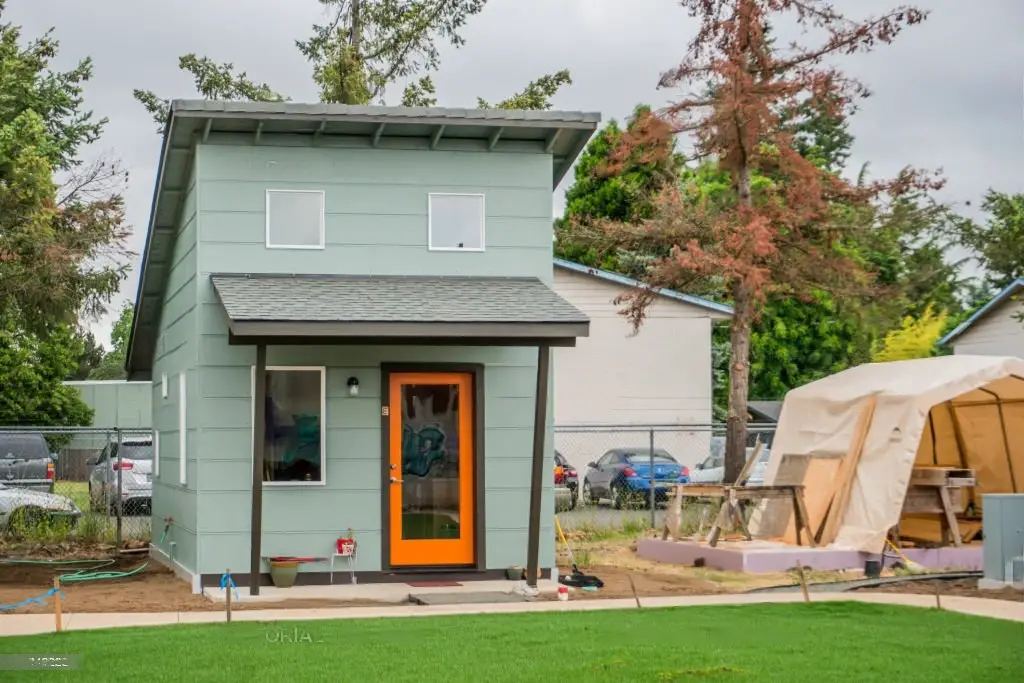
Effects of lack of affordable housing
The cost of housing is a major issue in the United States today and has been for some time. Millions of households spend more than 30% of their income on housing.
which means that they are at risk of becoming homeless if their income falls or if the cost of housing rises. An affordable home is one that costs less than 30% of your gross income.
The term applies to both homeowners and renters: if you make $50,000 per year and spend $15,000 on housing expenses, then you are spending an affordable amount on housing (30%).
The effects of a lack of affordable housing are widespread and far-reaching. Here are just a few examples:
1. Homelessness
People who cannot afford to pay their rent or mortgage may become homeless. According to HUD’s 2016 annual homelessness assessment report (AHAR),
In January 2016, over 554,000 people were homeless on a single night (an increase from the previous year, when approximately 549,000 people were homeless).
The lack of affordable housing has dire effects on our economy and society as a whole.
It affects every aspect of our lives, from education to crime rates to healthcare costs. If you’re wondering what effects a lack of low-cost housing has on society, here are some examples:
Top pick
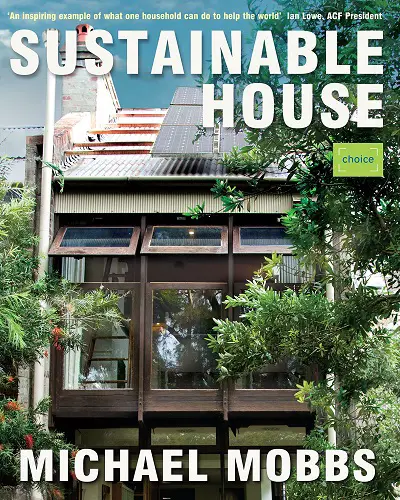
Editor’s choice

Best value

2. Education
A lack of affordable housing can prevent young people from getting an education. Many students rely on food stamps and other government assistance programs to make ends meet.
But it’s difficult to focus on school when you’re worried about where you’re going to sleep at night or how much money you’ll have left over at month’s end after paying rent.
This can lead to students dropping out or not applying at all because they don’t see how they’ll survive while attending school full-time and paying rent every month.
3. Crime rates
Lack of affordable housing also leads to higher crime rates among youth who have nowhere else to go after school besides their homes because they have no parents (or parents who aren’t home).
This is because the youth are unsupervised and have more time on their hands, which can lead them to become involved in criminal activities.
The lack of affordable housing also leads to an increase in homelessness. Homelessness is a problem that affects many people all around the world, but especially here in America.
The United States has the highest rate of homelessness in the industrialized world, with nearly 600,000 people homeless on any given night (Bennett & MacLeish).
It’s not just adults that are affected by this issue either; there are many children who are homeless as well.
According to the National Coalition for the Homeless (NCH), 1.6 million children under 18 years old are homeless each year in America (“National Coalition for the Homeless”).
There are many reasons why so many people become homeless; however, one of the biggest reasons is that there simply isn’t enough low-cost housing available for everyone who needs it.
If there were more affordable places for people to live, perhaps fewer people would be forced into homelessness.
Read more articles: Tiny Homes In California
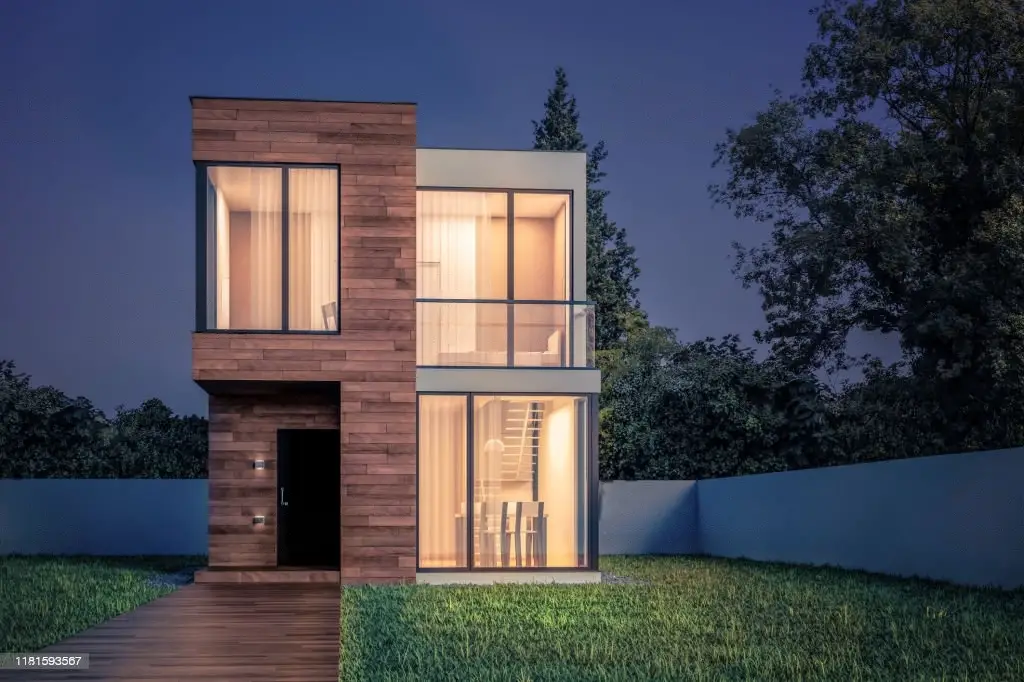
Economic benefits of affordable housing
There are many economic benefits to economical housing, such as more tax money and lower costs for the government.
Affordable housing is often associated with low-income families, but there are many other types of cost effective housing that benefit different groups in society.
Affordable housing is defined by the U.S. Department of Housing and Urban Development (HUD) as “housing that is affordable to very low- or moderate-income families.”
“This includes people who may have difficulty meeting standard credit requirements.”
In the United States, more than 11 million families spend 50 percent or more of their income on rent, which makes it difficult to pay for other necessities like food and transportation.
Due to the high cost of living in many areas, many people are forced to live in crowded apartments or overcrowded homes.
This can be dangerous and unhealthy for families who must live in these conditions day after day.
In addition, studies show that children who grow up in overcrowded homes tend to perform poorly in school and have higher rates of juvenile delinquency than those who grow up in larger homes where each child has their own bedroom.
Affordable housing is a vital part of a thriving community. It benefits families, children, and local businesses. cost effective housing provides stable homes for residents.
This stability leads to better health outcomes and better educational outcomes for kids. When families live in affordable homes, they are able to focus on reaching their full potential as productive members of their communities.
Families that live in affordable housing have access to programs that help them succeed at school and in the workplace. These include tutoring programs, after-school programs, and parenting classes.
Food pantries and other community resources that are often close to budget housing developments also make it possible to get healthy food.
Affordable housing provides safe neighborhoods where parents feel comfortable letting their children play outside or walk home from school safely alone after dark without fear of crime or violence.
The presence of safe neighborhoods encourages children to explore their surroundings and grow into responsible adults who can contribute positively to society as citizens and leaders in their communities.
Top pick
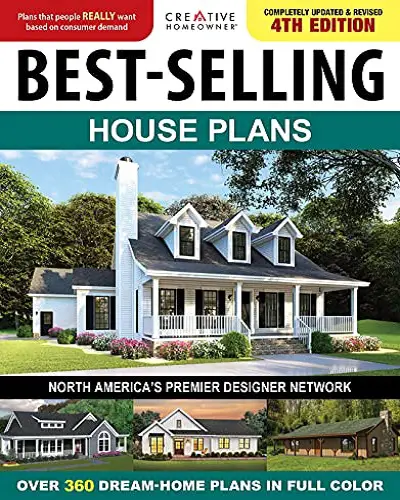
Editor’s choice
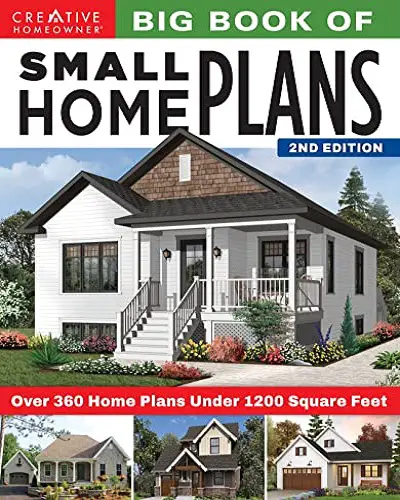
Best value

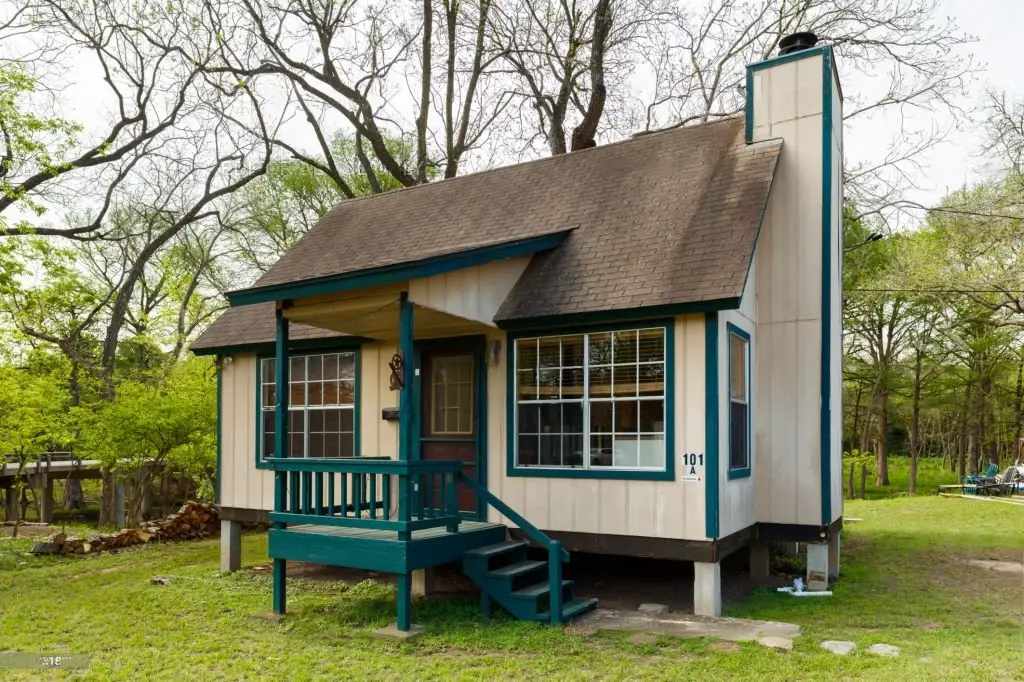
Why does affordable housing matter?
Affordable housing is a critical issue in our communities. It is an important part of the safety net for families, seniors, and individuals who are struggling to make ends meet.
The lack of budget housing has an impact on our local economy and the ability of working families to stay in our community.
In addition, when people are forced to move out of their homes due to rising rents or mortgage payments, they may find themselves having to spend more on transportation costs and less on groceries and other necessities.
Affordable housing also helps public health by giving people who might otherwise be homeless or be at risk of being homeless a stable place to live.
Here are some facts about affordable housing in our region:
The average monthly rent for a two-bedroom apartment in King County is $1,292, or 46 percent of the median income for a renter household.
There are nearly one million households in King County that earn less than $50,000 per year. Of those households, more than half (52%) rent their homes.
In 2016, there were more than 70,000 families on the waitlist for affordable housing in King County. That’s more than double the number of families served by the county’s Housing Choice Voucher program (Section 8).
Cost effective housing is a key part of any city’s infrastructure. It provides shelter for people who may otherwise be homeless and helps them become more stable members of their communities.
Affordable housing also makes it easier for families to save money, which allows them to put more money towards other things like education, healthcare, and retirement savings.
Low-cost housing helps keep families together by providing reasonably priced homes for lower-income people.
This can help reduce poverty by keeping families together instead of splitting them up due to a lack of budget housing options.
Affordable housing also acts as an incentive for employers to hire more people because they know they can provide workers with a home close to their jobs.
Read more articles: Tiny Homes For Sale Georgia
Do affordable housing last long?
Affordable housing is a great option for those who are on a tight budget. However, there are many misconceptions about affordable housing that you might have.
Here are some common myths about affordable housing and the facts that debunk them:
The quality of construction is poor. Most affordable home builders don’t have the expertise or experience needed to build good-quality houses.
They often hire inexperienced laborers who don’t know how to do their jobs properly and don’t take the time needed for quality workmanship. This results in shoddy construction that can easily fall apart after just a few years of use.
In some cases, the buildings are falling apart because they were never properly maintained. In others, poor construction led them to crumble just a few years after they opened their doors.
In response, Mayor Bill de Blasio pledged $225 million in city funds to help repair or replace these buildings over the next three years.
He also announced plans for new legislation requiring developers who receive tax breaks on their projects to do more maintenance work on their properties.
Affordable housing lasts forever. Although cheap housing lasts longer than traditional homes, it does require some maintenance.
You should expect to perform routine maintenance in your home, such as changing light bulbs and replacing smoke detector batteries. The good news is that most of these basic tasks can be done by yourself or with the help of friends or family members.
Affordable housing is always old. Budget housing doesn’t have to be old. There are many new developments across the country that provide affordable options for families and retirees alike.
You can find new developments in all areas of the country, including rural communities and urban areas like Chicago, New York City, and Los Angeles.
Affordable housing costs more than traditional homes. This is one misconception that is starting to fade away as more people move into their second decade of living in an affordable home.
The average cost of owning an affordable home is roughly half the cost of owning a traditional home! In fact, the average monthly cost of owning an affordable home is less than $1,200.That’s about $150 per week—not bad for a three-bedroom home!
Affordable housing is only for low-income families. Cheap housing doesn’t have to be just for low-income families. Sometimes people who are earning slightly above median income can still qualify for an affordable home.
The best way to find out if you qualify is to schedule a free cost estimate with us right now! Cheap housing doesn’t last long.
The average lifespan of an affordable home is 25 years. This means that if you purchase your new home today and live in it until 2045, it will still be in great shape when you retire!
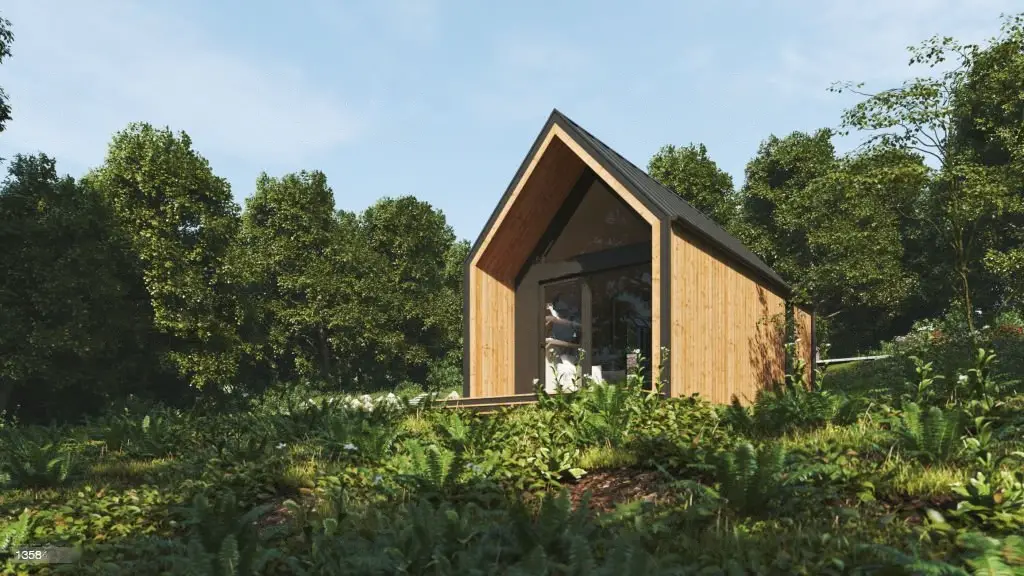
How much do affordable housing cost?
The cost of affordable housing varies based on the type of housing and where it is located. In the U.S., HUD defines “affordable” housing as housing that is within reach for households earning less than 80% of an area’s median income (AMI).
The National Low Income Housing Coalition (NLIHC) estimates that to afford a modest two-bedroom apartment at fair market rent (FMR), which includes utilities, would require an hourly wage of $17.90 in Alabama.
$19.10 in Arizona, $16.30 in Arkansas, $19.90 in California, $15.80 in Colorado, $22.00 in Connecticut, $13.70 in Delaware, $20.50 in Washington, DC, and $21.80 in Florida.
$18.00 in Georgia (2018), $13.60 in Hawaii (2018), $17.40 in Illinois (2018), $20.10 in Indiana (2018), $21.60 in Iowa (2018), and $14.30 in the Kansas City Metro Area (2018)
The cost of renting an apartment depends on several factors, including the size of the unit, its location, and whether or not it’s furnished.
But there are ways to lower the cost of your rent. One way is to apply for federal programs that help pay for housing.
Here are some examples of how affordable housing costs break down:
Private housing: $1,200–$1,800 per month for a two-bedroom apartment in a suburban area; $2,000–$3,000 per month for a three-bedroom apartment in an urban area.
Public housing: $600-$800 per month for a one-bedroom apartment; $750-$900 per month for a two-bedroom apartment; section 8 vouchers: $500-$1,000 per month depending on income.
Top pick

Editor’s choice
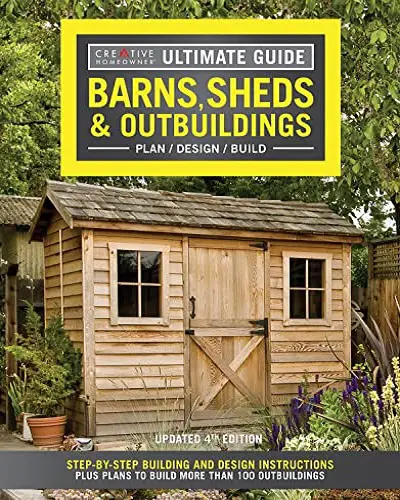
Best value

FAQ
1. Why is affordable housing important for environment?
Decent, affordable housing reduces stress, toxins, and infectious disease, which leads to improvement in both physical and mental health.
2. Why is housing important for quality of life?
A good home provides protection. Children are less at risk of violence and sexual abuse. They are less likely to be forced into child labour….
3. Why is affordability important?
Affordable housing helps build wealth. Owning a home remains the most important way for Americans to build wealth. For nearly a century, homeownership has been …
4. How does affordable housing affect quality of life?
Housing affordability is an integral part of quality of life due to social, economic, and environmental …
Keep in mind
Affordable housing is important to everyone. It is not just a shelter; it also gives people an opportunity to live a life they otherwise might not be able to afford.
And after talking with experts and learning more about this issue, I learned that there’s an even greater need than I originally thought.
The number of families and individuals that are struggling because they are paying too much or simply don’t have enough for rent is staggering. We have to do something about it.
Affordable housing is a major problem in many areas of the United States.
Each year, approximately 7 million units of low-income housing are built or preserved, according to the National Multi Housing Council’s affordable housing experts.
That’s 7 million families that don’t have to worry about where they’re going to find their next home. It’s also about 700,000 jobs being created or saved as a result of this sector.
The policies of the government and non-governmental organizations play a vital role in ensuring the provision of budget housing.
This can be done through special tax breaks or incentives to encourage private sector builders to construct more affordable homes.
To increase the number of affordable homes, the government can also start programs like loans for building homes.
As part of their national policy, some governments have also tried to make sure that a fair share of units in any new development are set aside for budget housing.
Read more articles: Tiny Homes Texas

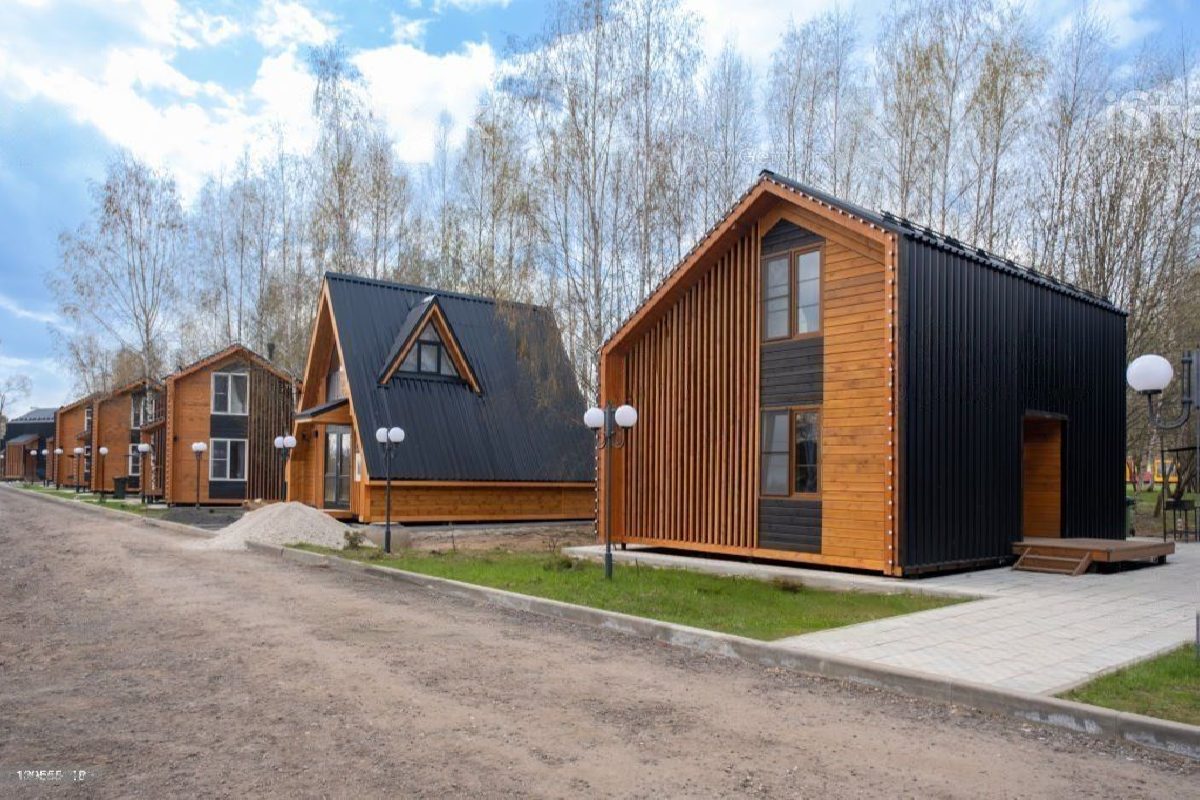
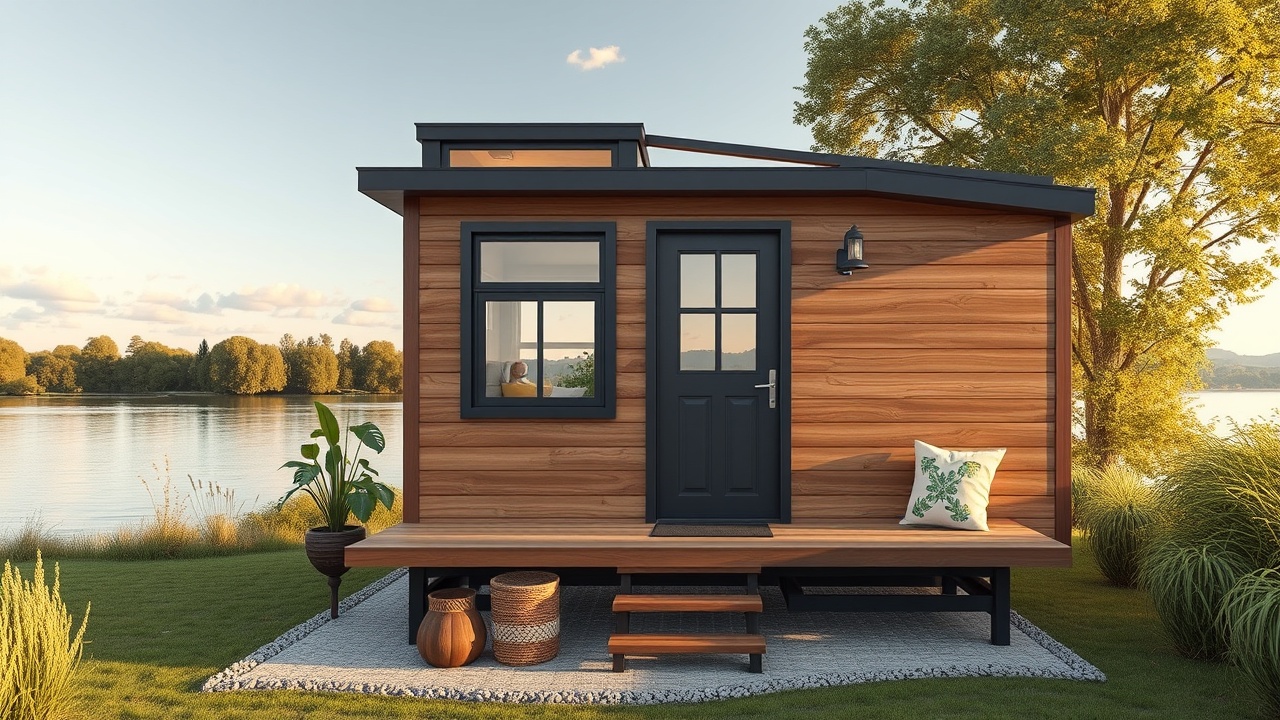
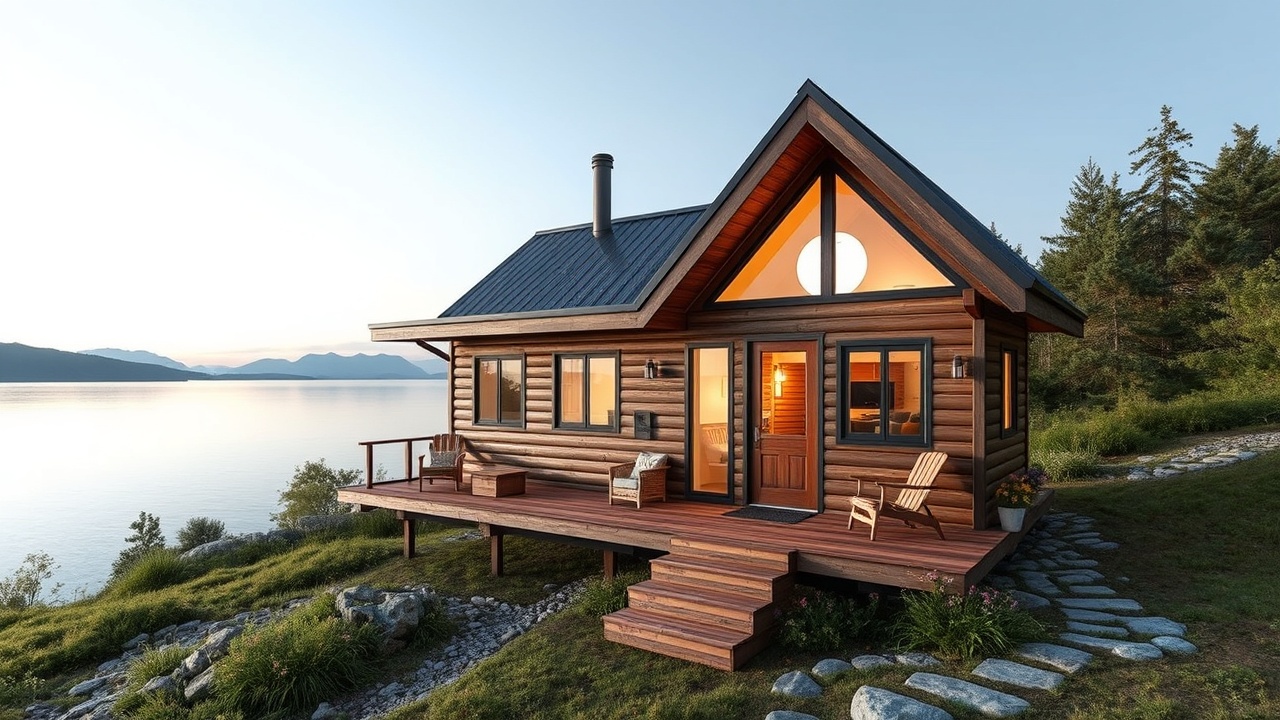
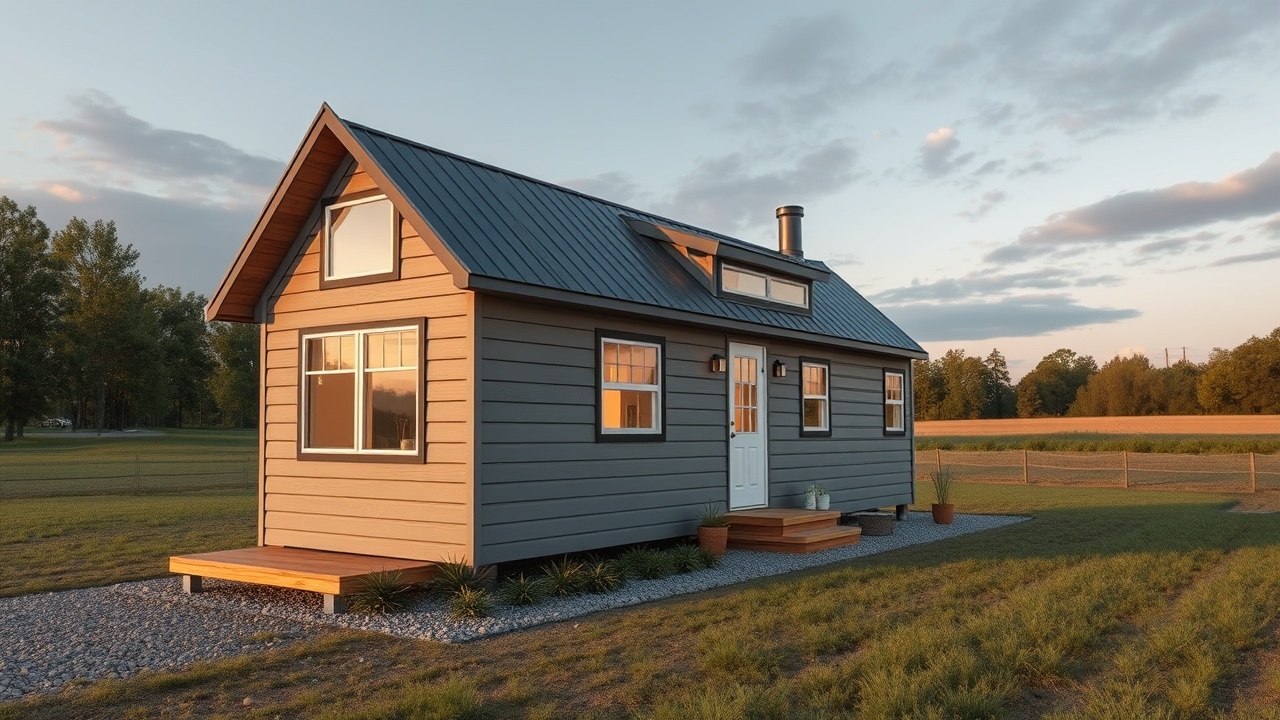
Leave a Reply